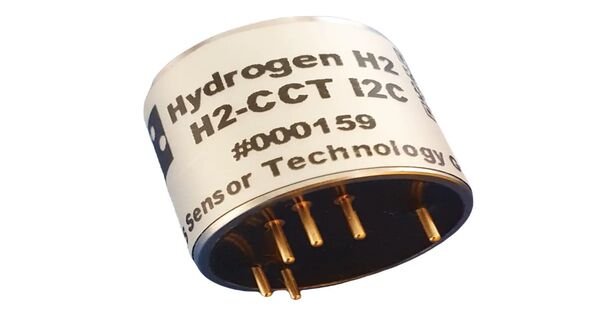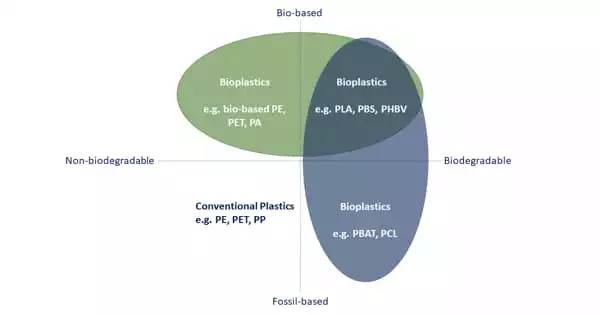A hydrogen sensor detects the presence of hydrogen gas in the surrounding environment. It is a gas detector that can detect the presence of hydrogen. They contain microfabricated point-contact hydrogen sensors that are used to detect hydrogen leakage. When compared to traditional gas detectors, they are thought to be less expensive, more compact, durable, and easier to maintain.
Hydrogen sensors are significant in many industries, including manufacturing, automotive, aerospace, and energy production, where hydrogen gas can be present and represent a safety risk.
There are several types of hydrogen sensors available, each with its own principles of operation:
- Catalytic Bead Sensor: This sort of sensor is made up of a platinum wire coil coated with a palladium-based catalyst. When hydrogen gas comes into touch with the catalyst, it initiates a chemical reaction that raises the temperature of the platinum coil, resulting in a change in electrical resistance. This change is monitored and utilized to determine the existence of hydrogen.
- Metal Oxide Semiconductor (MOS) Sensor: MOS sensors work on the basis of changes in the electrical conductivity of metal oxides when exposed to hydrogen gas. The presence of hydrogen alters the conductivity of the metal oxide, which is measured electrically to detect the gas.
- Electrochemical Sensor: These sensors utilize a chemical reaction between hydrogen and an electrolyte to produce an electrical signal. The reaction generates a current proportional to the concentration of hydrogen gas, allowing for precise detection.
- Solid-state Sensor: Solid-state hydrogen sensors use a solid electrolyte material and operate similarly to electrochemical sensors. They offer advantages such as durability and stability over time.
- Optical Sensor: Optical hydrogen sensors rely on changes in materials’ optical characteristics when exposed to hydrogen gas. These sensors can detect hydrogen using a variety of approaches, including absorption spectroscopy and fluorescence.
Hydrogen sensors are critical for assuring safety in situations containing hydrogen, such as hydrogen fuel cells, industrial operations, and laboratories. They assist in detecting leaks, monitoring hydrogen levels, and avoiding dangerous accidents. Sensor types are chosen based on sensitivity, reaction time, cost, and application requirements.
















